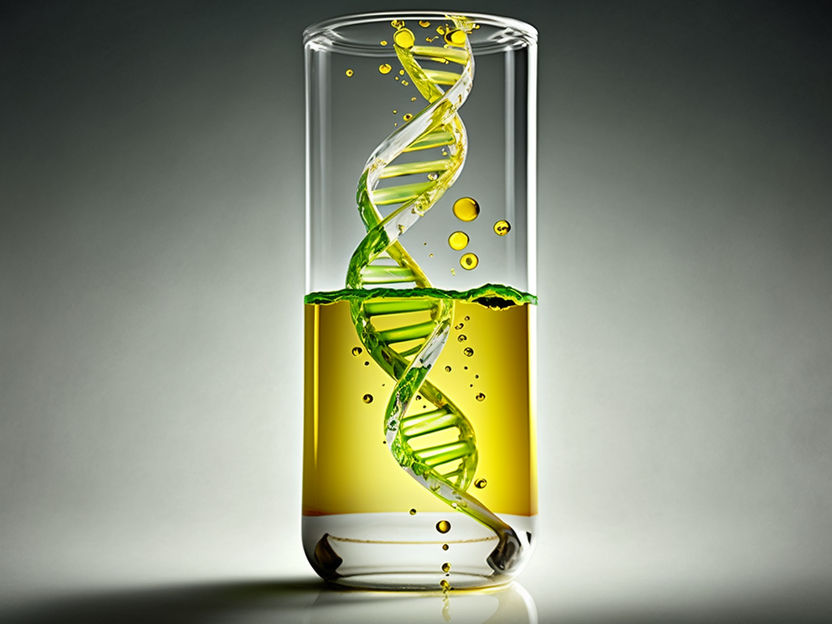Bacteria like the taste of syngas
A milestone for third-generation biotechnology
Advertisement
For the first time, Evonik Industries has managed to use biotech methods to convert syngas to pure 2-hydroxyisobutyric acid (2-HIBA) under industrial conditions. 2-HIBA is a precursor used in the manufacture of PLEXIGLAS®. Waste gas is one example of a source of syngas. "We have shown that there is a safe way of using bacteria to turn syngas into a variety of products in the future," says Dr. Peter Nagler, Evonik’s Chief Innovation Officer. In addition to 2-HIBA for the plastics industry, other products could include their derivatives for the cosmetics industry, or C4 alcohols for the paints and varnishes industry.
Syngases are gas mixtures consisting primarily of carbon monoxide or of carbon dioxide and hydrogen. These gases can be generated from municipal or agricultural waste, or from the waste gases produced in industries such as steel production. Syngas has been used for synthesizing chemicals for decades. For the ability to convert carbon monoxide, carbon dioxide, and hydrogen into more valuable molecules, Evonik looked to bacteria from earth’s earliest history—to a time when oxygen was not yet present in earth’s atmosphere. Certain microorganisms today still contain the genetic information for these processes. Evonik has used their enzymes to create a cell factory that generates specialty chemicals from syngas.
Evonik scientists are now working at top speed to optimize these ideas and develop them still further. "We have a long way to go before we can use bacteria for converting syngas to high-quality specialty chemicals on a large industrial scale," says Dr. Thomas Haas, head of Biotechnology at Creavis, Evonik’s strategic innovation unit. "It will still take a couple of years until it is ready for the market."
Evonik views biotechnology as a field with tremendous potential for innovation. The specialty chemicals manufacturer is already using biotech methods to produce high-quality products. These first-generation industrial biotechnology processes involve the use of plant oils, grains, and sugars as raw materials for fermentation. Evonik uses these materials to produce amino acids and cosmetic ingredients, among other products. The first second-generation biotechnology plants are currently under construction, and these utilize residual plant materials from agriculture and forestry. Evonik is only pursuing a few projects in this area, and is instead focusing more of its attention on third-generation biotechnology.
As Haas explains, "We’re exploring third-generation biotechnology, because in addition to sugar or residual plant materials converted to syngas, waste from other sources such as municipal waste and industrial waste gas can also serve as raw materials. That makes us less dependent not only on fossil-based raw materials, but also on renewable resources that could potentially compete with the food supply."


















































